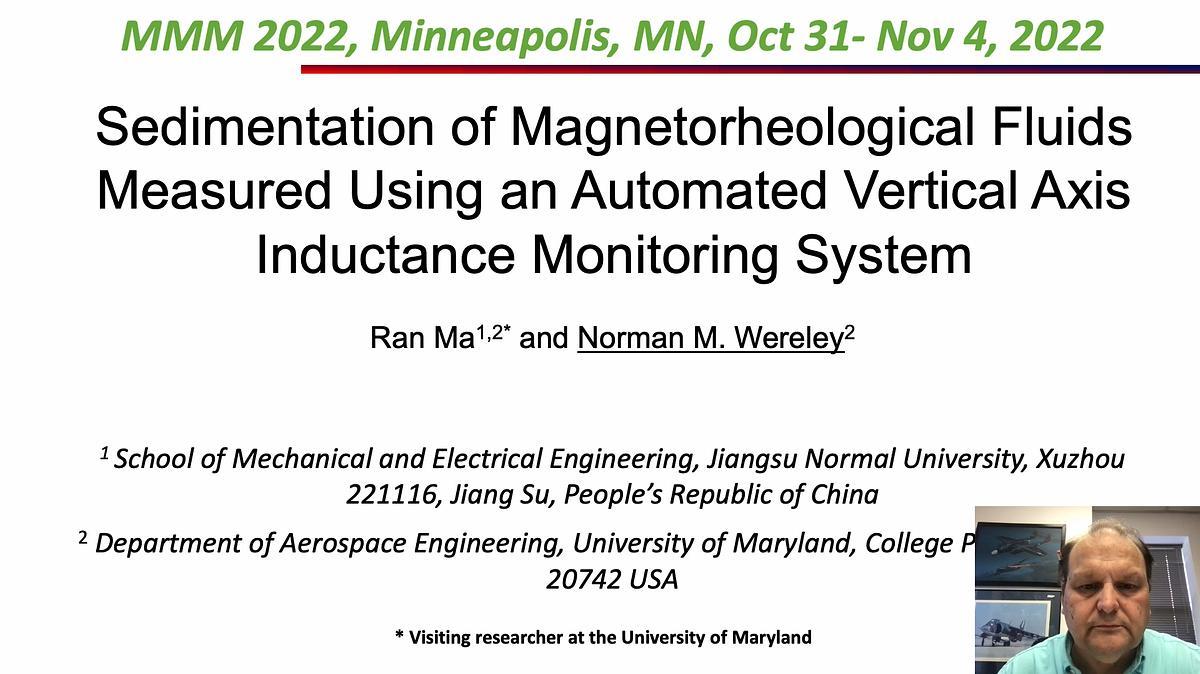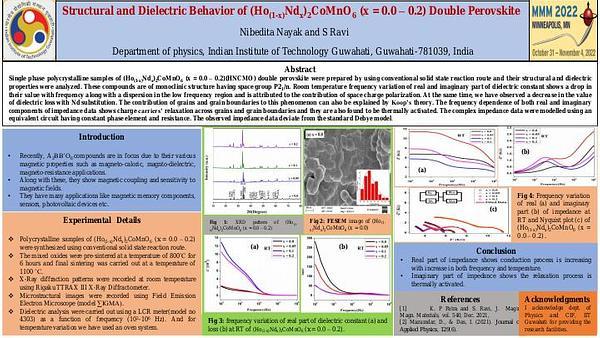
Premium content
Access to this content requires a subscription. You must be a premium user to view this content.

technical paper
Sedimentation of Magnetorheological Fluids Measured Using a Automated Vertical Axis Inductance Monitoring System
Magnetorheological fluids (MRFs) can change their viscosity in response to applied magnetic field. Magnetorheological energy absorbers (MREAs) are being investigated for adaptive shock isolation because MREAs can adjust their stroking load to severity of impact when magnetic field is used to control MRF viscosity. Employing MRFs in MREAs requires a highly stable suspension to maintain a uniform concentration, because MREAs would be used only in the event of an impact or crash event, that is, rarely. Suspension stability of MRFs can be studied using an automated vertical axis inductance monitoring system (AVAIMS), where an inductance sensor is translated vertically along a column of MRF to measure particle concentration as a function of column height and time 1,2. The AVAIMS allows for tracking discontinuities in density or shocks including: the mud-line (boundary between the topmost supernatant (clear fluid) zone and the original concentration zone), the gel-line (boundary between the original concentration zone below mud-line and variable concentration zone), and the cake-line (boundary between the variable concentration zone and the sediment zone at the bottom of the column). MRF sedimentation can be evaluated comprehensively analyzing these boundaries. The AVAIMS developed here (Fig. 1) seeks to improve sedimentation zone boundary localization using an optimized inductance sensor to measure concentration gradient as a function of time. The inductance sensor design, material selection, and geometry were optimized and permalloy and plastic were used advantageously to improve sensor sensitivity. The calibration curve of the sensor was obtained by measuring samples with different particle volume fractions. The sensor design was validated by examining a uniformly mixed MRF column for seven consecutive days after preparation of an MRF with an Fe solids loading of 20 vol%. These tests show that the AVAIMS developed here was able to better localize sedimentation zone boundaries using concentration gradient profile method (Fig. 2).

